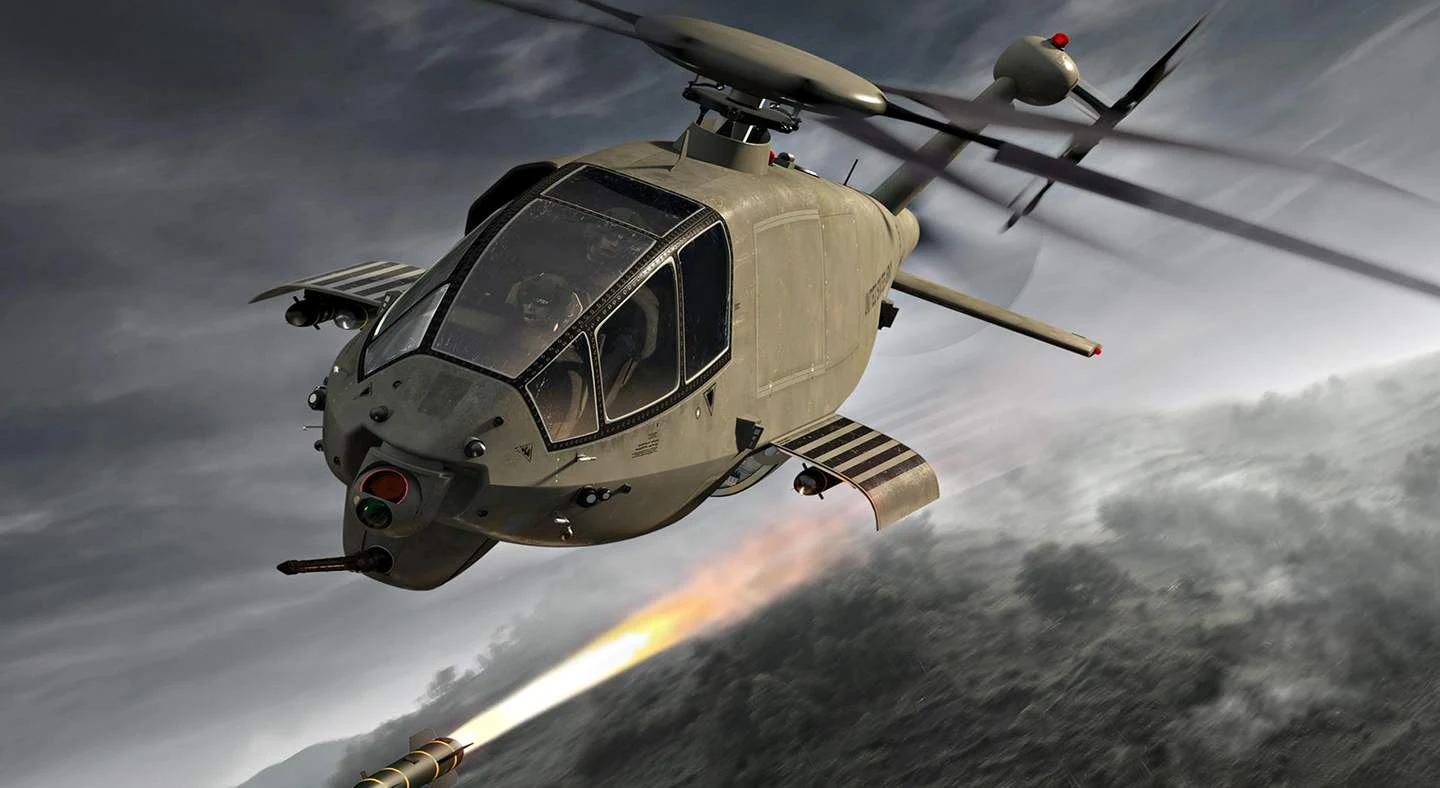Bell 360 Invictus. / US Army. The Bell 360 Invictus is a helicopter currently under design and intended to meet the United States Army requi...
 |
| Bell 360 Invictus. / US Army. |
The aircraft was designed as part of the programme, which is set to replace approximately 50% of the AH-64 Apache fleet. AVX Aircraft and L3Harris announced their participation in phase one of the FARA competitive prototype programme in December 2018. The aircraft design was revealed in April 2019 and the prototype was exhibited at the Association of the United States Army (AUSA) Annual Meeting & Exposition in October 2019.
Future Attack Reconnaissance Aircraft programme details
The FARA programme is part of the US Army’s Future Vertical Lift (FVL) programme, which also includes the future unmanned aircraft system, advanced UAS, and future long-range assault aircraft (FLRAA) programmes in addition to the FARA.
 |
| Bell 360 Invictus Reco-Attack Helicopter known as ''FARA''. / Alamy |
The FARA programme was initiated in 2018 with a $1.9bn transactional authority prototype solicitation. The US Army shortlisted Boeing, Sikorsky Aircraft, Bell Helicopter Textron, and Karem Aircraft along with AVX Aircraft-L3Harris partnership for the FARA phase one competitive prototype programme. The five participants were ordered to produce competitive prototypes in accordance with the US Army requirements.
 |
| Bell 360 Invictus Reco-Attack Helicopter landed on the ground. / Alamy. |
The selected winners entered into phase two which involves the detailed design, build, and test, which will be followed by the final phase of prototype assessment and evaluation for transition to the production phase.
Compound coaxial helicopter design and features
The compound coaxial helicopter design solution was proposed to completely meet or at least exceed 70% of the mandatory requirements of the FARA programme. It was conceptualised to meet modular open systems architecture requirements of the US Army while allowing component reuse and system commonality across fleets.
 |
| Bell 360 Invictus designs. / Alamy |
The aircraft proposal featured a modified tail boom, moderately tapered high wings, coaxial double rotors, high-mounted dual ducted fans on each side, one troop entrance door on each side, and a rear ramp for cargo and troops. The undercarriage will feature retractable landing gear. The interior can accommodate two crew and 14 troops. A dedicated chief gunner seat can be used to perform manual firing.
Helicopter tail boom modification and coaxial rotors
AVX Aircraft’s patented tail boom modification will offer higher speed, endurance, and extended range while eliminating the need for extra power for the anti-torque used in the conventional tail boom. The planned design included two ducted fans, which provide forward and reverse thrust leading to higher in-flight speeds with added agility. The ducted fan is considered an effective alternative to conventional rotor tilt propulsion.
 |
| Bell 360 Invictus Reco-Attack Helicopter on display at Association of the US Army in October 2019. / Alamy |
Helicopter avionics and systems
A fly-by-wire system and advanced cockpit design were incorporated in the planned aircraft to assist the pilot and crew to perform missions effectively. The aircraft was also supposed to feature modern open system architecture along with advanced avionics systems. The proposal for the nose section featured sensor systems as well as reconnaissance systems such as high-definition gimbal-mounted cameras. Weapon systems can be mounted on either side of the fuselage.







